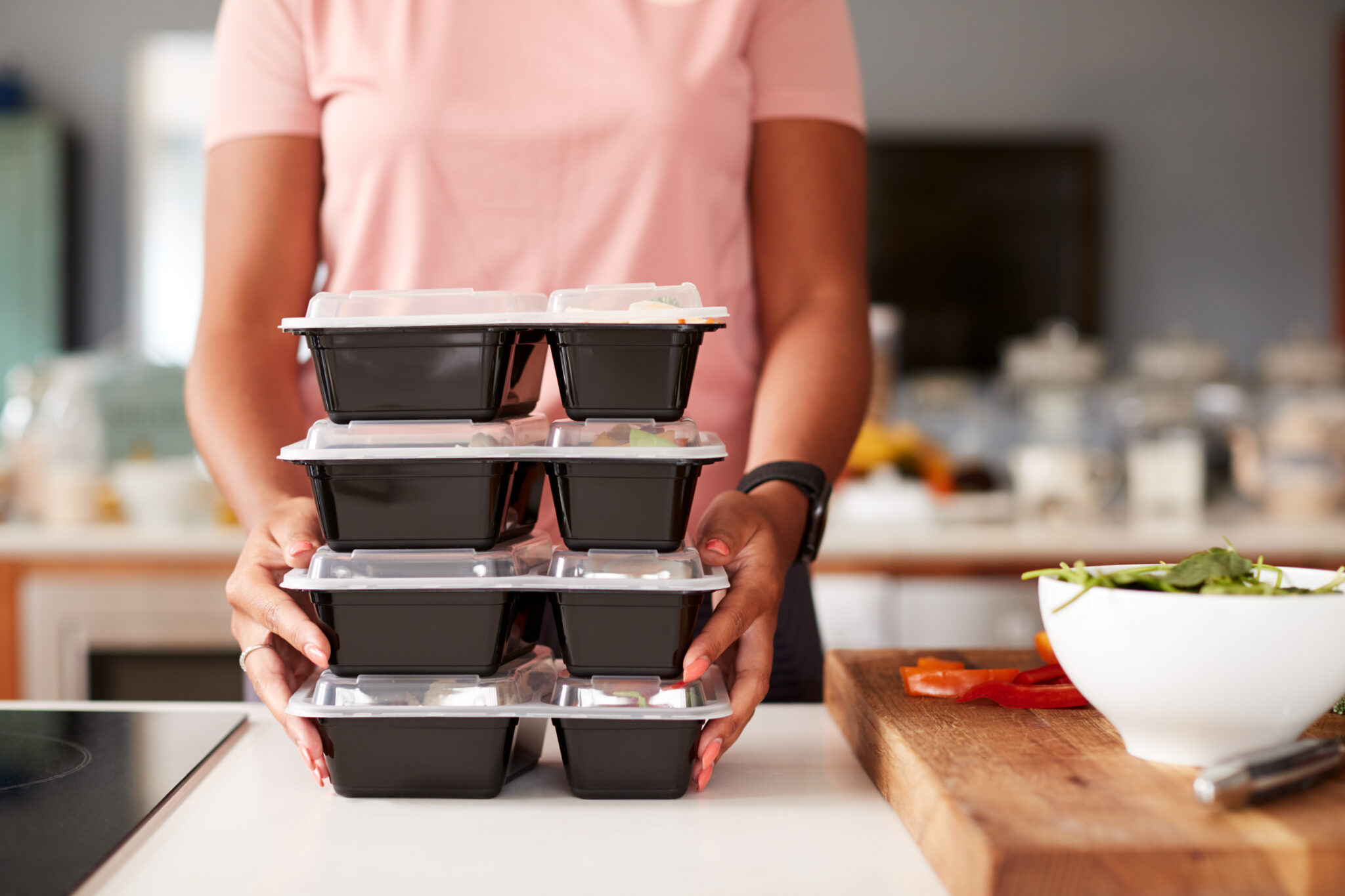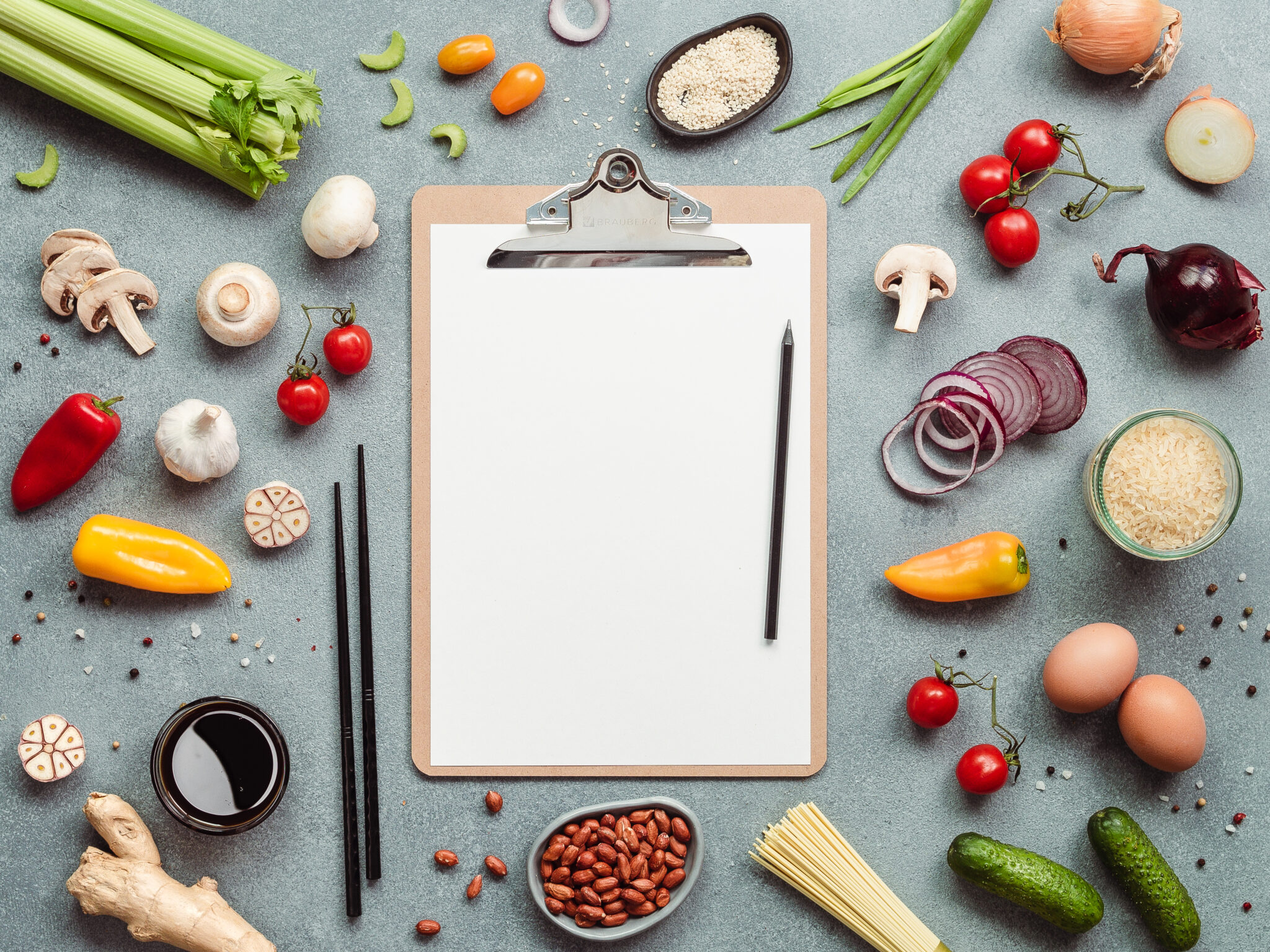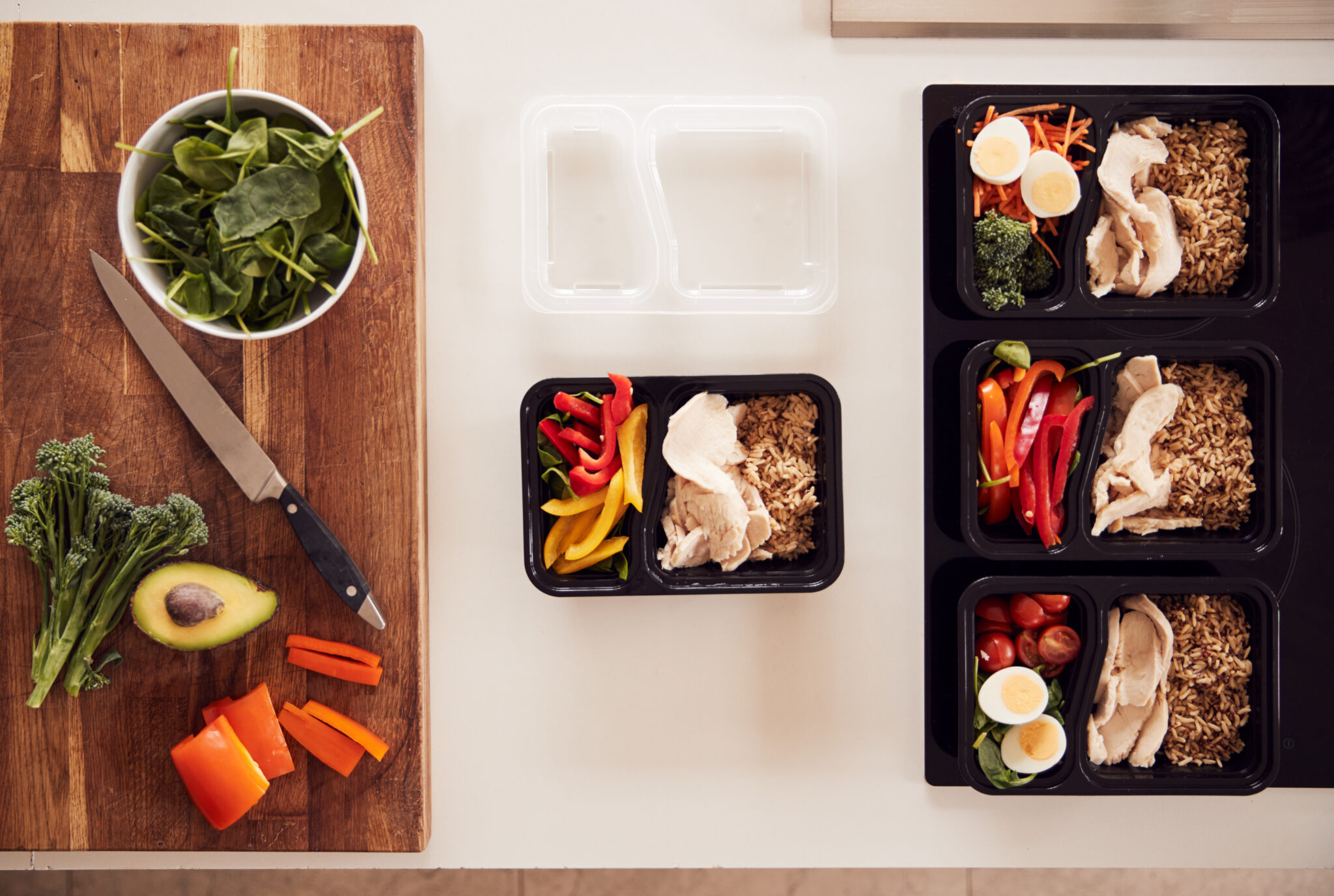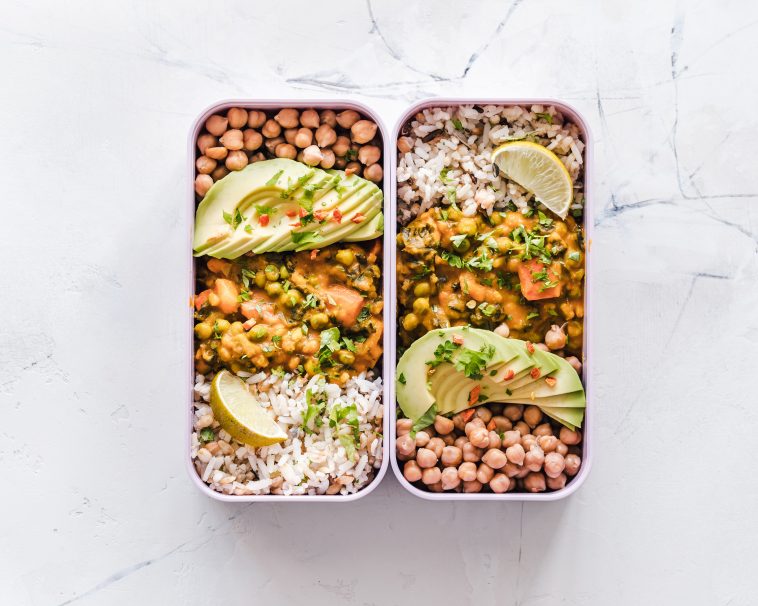Cooking every day is a routine that can be exhausting, especially if our pace of life is frantic.
Therefore, in order to save time, we can waste a good amount of money on street food that can also be harmful to our body.
The Batch Cooking has arrived to save us from the waste of money, make better use of our time and keep our kitchen tidy and with nutritious products.
What is Batch Cooking?
The Batch Cooking consists of preparing the meal of the week in a single day, planning the weekly menu and organizing the products in batches.
This technique of food organization is not new but if it has become trendy since the benefits it brings to our pocket and overall health are immediate, it’s also a more sustainable way of cooking since through this method we take full advantage of all products we consume

What do you need to get started?
The first thing you need for successful batch cooking is planning. This is the true heart of this cooking system.
- Organize a weekly menu according to your needs and tastes:
The first time you organize the menu you can do it based on 5 days, from Monday to Friday, so that it is not so overwhelming and you gradually get used to cooking in quantity.
- Now: to the market!
By having your menu planned, you will know how many products you will need and you can organize your purchases, reducing the risk of any vegetable rotting at the bottom of the refrigerator over the days.
- Storage:
You must acquire if you do not already have them, plastic or glass containers of good quality that allow vacuum sealing of food to preserve its freshness.
- Spice it up!
Having a good range of spices and condiments in your kitchen is excellent since in this way you can vary the flavors of the dishes without generating so many additional expenses or dirtying the dishes more.
Now that you have everything you need you just have to get to work

Some suggestions for your Batch Cooking menu
- Prepare dishes that you can freeze:
Vegan croquettes are an excellent option to store in the fridge and you can defrost as you need them.
Stews and soups also last a long time in the refrigerator and you can eat them as a complete dish or use it as an accompaniment to other dishes.
- Dressings: Emulsions with oil and vinegar are usually preserved for a good time and give a new flavor to different dishes.
- Long-lasting provision:
Preparations such as sauerkraut, being fermented, last a long time even outside the fridge and also provide good bacteria to your body that strengthen the immune system and facilitate digestion.
Fruits that are already very ripe usually have high fructose content; by cooking them over low heat with a little water and a dash of lime or vinegar you can get delicious jams without refined sugars.
If you add a thickener like agar-agar you can also make delicious jellies.
- It is preferable that you use small containers so that you can freeze and refrigerate in individual portions and in this way the durability of your portions
- Call your grandma! If you fall short of ideas when planning the menu, surely your mother or grandmother has some family recipes that can share you to be an Ace in the batch cooking technique.

My personal recommendations
I have several preparations that I usually have in the refrigerator and that I replenish as they run out:
* Lentils and chickpeas: I cook them only with water and salt and store them in 1 cup portions with a little liquid. I take them out of the fridge and I can make hummus to accompany toasted bread, a soup of comfort food or croquettes to eat as a burger or with a pita bread
* Tomato sauce: This is a must! When I have many ripe tomatoes I cook them in a slow cooker with a little garlic, oregano, and wine, also salt and pepper, until a thick sauce is left. I keep in several jars and this sauce is used to add to a paste or as a base for other dishes with vegetables.
* Fruits: Depending on the season, there are fruits that are obtained in abundance. Strawberries are my favorite and can be cooked on low ground with a sweetener (I use brown sugar) and thicken until you have a jam to serve with pieces of bread, cookies or pancakes.
* Rice: I’m a fan of rice, whether it’s whole grain, basmati, jasmine or any other type because I feel it can go with almost anything, so I always prepare a large pot and leave it al dente, then keep it in small portions and warm it to accompany other preparations. The trick is to heat it with other liquids,-not just water-, such as vegetable stock, maybe a bit of soy sauce to accompany some preparation that has ginger or mix it with a beaten egg to make rice pancakes and eat them with a thick sauce.
Read More:



